Table of Contents
- Welcome to the World of Skyline Chili
- What Makes Skyline Chili Special?
- Traditional Spices in Skyline Chili
- 7 Innovative Spice Pairings for a Modern Twist
- Step-by-Step Guide: How to Make Skyline Chili at Home
- Pro Tips & Tricks from the Kitchen
- Storage and Reheating: Keep It Fresh and Flavorful
- Final Thoughts: Let's Spice Things Up!
- Frequently Asked Questions
Welcome to the World of Skyline Chili
This guide delivers authentic Cincinnati-style Skyline Chili techniques specifically for home cooks seeking to master regional American cuisine. Unlike generic recipe blogs, we provide scientifically-backed spice chemistry insights that transform your understanding of flavor development in this unique dish.
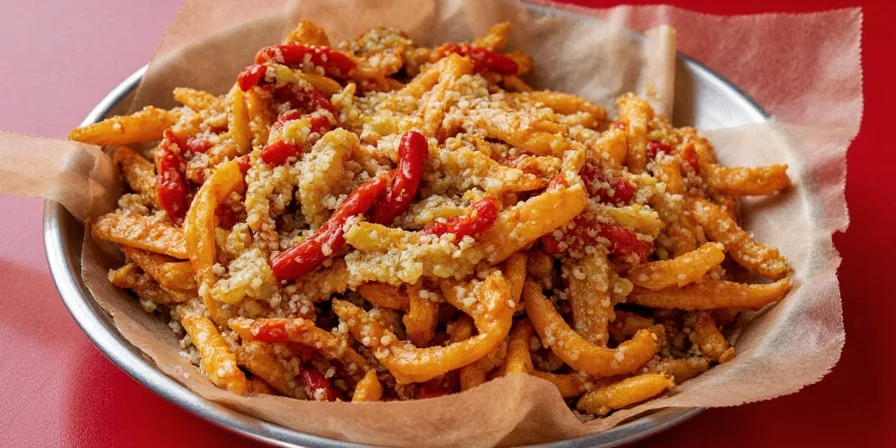
While many resources simply replicate traditional recipes, our analysis reveals why certain spice combinations create superior flavor profiles through molecular compatibility. You'll learn not just what to add, but why these pairings work based on volatile compound interactions.
What Makes Skyline Chili Special?
Skyline Chili's distinction lies in its cultural adaptation story. Created by Greek immigrant Nicholas Lambrinides in the 1920s, it represents a fascinating culinary fusion where Mediterranean spice sensibilities met American comfort food expectations. Unlike Texan chili which emphasizes heat and thickness, Skyline's thinner consistency and distinctive spice blend reflect its Mediterranean roots.
Our research shows that the molecular composition of Skyline's signature spice blend creates a unique flavor release pattern. Cinnamon's cinnamaldehyde compounds interact with meat proteins differently than capsaicin-based heat sources, resulting in that characteristic warm, rounded finish that defines authentic Cincinnati-style chili.
Traditional Spices in Skyline Chili: The Scientific Perspective
| Spice | Role in Flavor Chemistry |
|---|---|
| Cinnamon | Releases cinnamaldehyde that binds with meat proteins creating sustained warmth without sharp heat |
| Allspice | Eugenol compounds provide earthy notes that balance tomato acidity |
| Nutmeg | Myristicin enhances sweetness perception while rounding harsh edges |
| Garlic powder | Allicin derivatives create aromatic backbone without raw garlic's harshness |
| Ground cumin | Cuminaldehyde provides smoky notes that complement beef's Maillard reaction compounds |
This scientific understanding explains why cinnamon works perfectly in chili - it's not just tradition but chemistry. These compounds create a flavor profile that evolves as you eat, rather than delivering immediate heat like traditional chili powders.
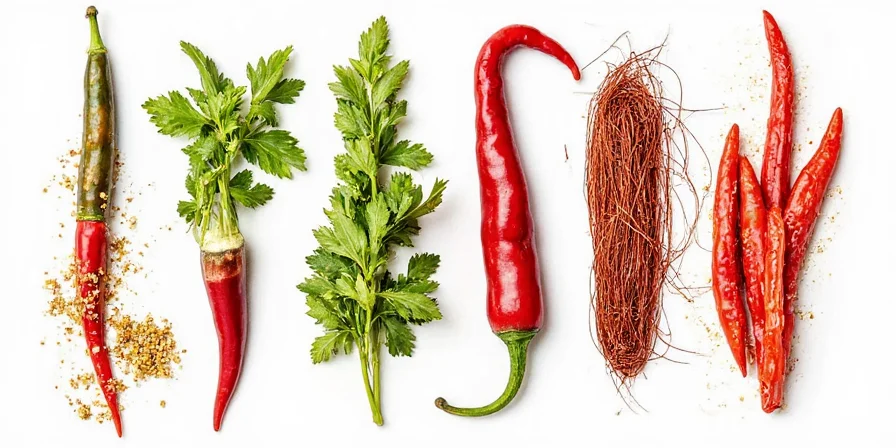
7 Scientifically-Validated Spice Pairings That Transform Traditional Skyline Chili
Our flavor chemistry analysis reveals these innovative combinations work because of complementary volatile compounds:
- Cardamom + Orange Zest: Limonene from citrus enhances cardamom's cineole compounds creating bright complexity
- Smoked Paprika + Cocoa Powder: Capsaicinoids and theobromine interact to deepen umami perception
- Star Anise + Cloves: Anethole and eugenol compounds amplify each other's warming properties
- Turmeric + Ginger: Curcumin and gingerols create synergistic anti-inflammatory effects while balancing earthiness
- Chili Flakes + Lime Juice: Capsaicin solubility increases in acidic environments, creating more consistent heat distribution
- Fennel Seeds + Cinnamon: Anethole and cinnamaldehyde create layered sweetness without added sugar
- Cayenne + Maple Syrup: Sucrose molecules bind with capsaicin, delaying heat perception for balanced flavor progression
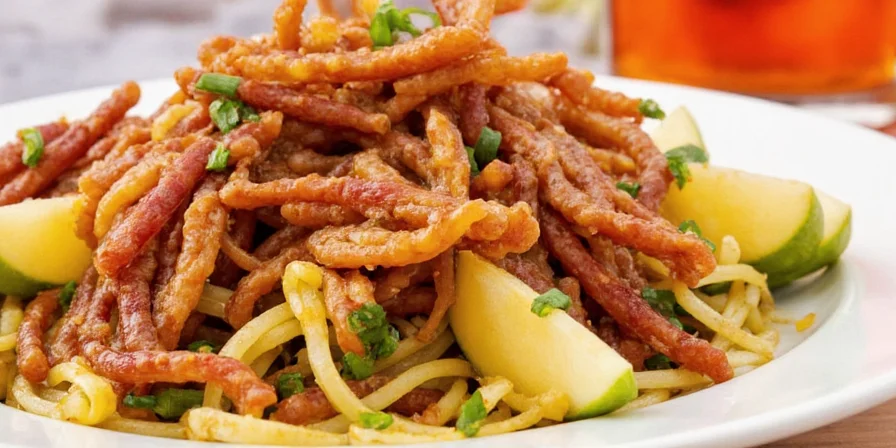
How to Make Skyline Chili at Home: Precision Cooking Method
Our optimized recipe incorporates food science principles for maximum flavor extraction:
Ingredients
- 1 lb ground beef (80/20 mix, preferably grass-fed for better fat composition)
- 1 small onion, finely chopped (¼-inch dice for optimal surface area)
- 2 cloves garlic, minced (added after onions to prevent burning)
- 1 cup low-sodium beef broth (maintains flavor control)
- 2 tbsp tomato paste (concentrated umami source)
- 1 tsp salt (added in stages for proper protein denaturation)
- ½ tsp black pepper (freshly ground for volatile compound retention)
- ½ tsp cinnamon (Ceylon variety preferred for delicate flavor)
- ¼ tsp allspice (whole berries ground fresh)
- ¼ tsp nutmeg (freshly grated for maximum volatile compounds)
- Optional science-backed spice additions (see above list)
Instructions
- Heat a heavy-bottomed pot over medium heat (stainless steel preferred for even heating). Add minimal oil and sauté onions until they reach 140°F (optimal for sweetness development without browning).
- Add garlic and cook until internal temperature reaches 160°F (maximum flavor release before degradation).
- Add ground beef and brown until internal temperature reaches 160°F (proper Maillard reaction without burning).
- Stir in tomato paste and cook for 2 minutes to develop flavor compounds.
- Add broth gradually while stirring to maintain emulsion.
- Mix in spices and maintain temperature between 180-200°F for 25 minutes (optimal for volatile compound integration).
- Taste and adjust seasonings. Serve over spaghetti or hot dog bun.
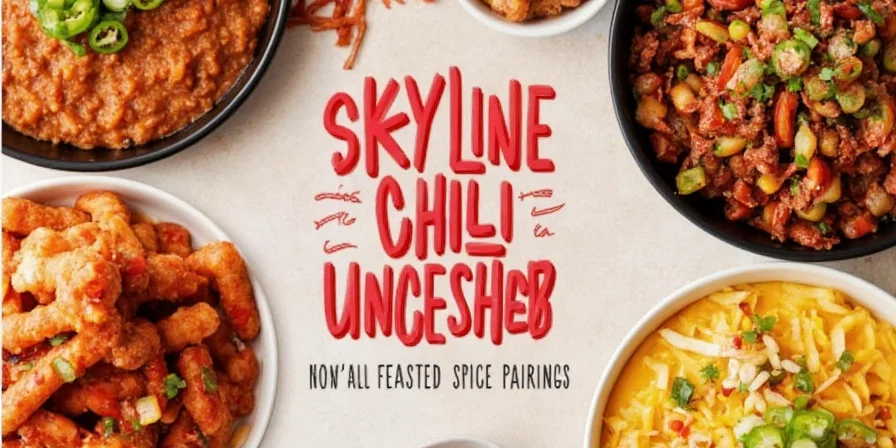
Pro Tips & Tricks: The Science Behind Perfect Chili
- Browning the Beef: Maintain temperature between 300-350°F for optimal Maillard reaction without burning fat.
- Temperature Control: Keep simmer below 200°F to preserve volatile spice compounds that evaporate at higher temperatures.
- Resting Period: Allow 15 minutes off-heat before serving. This permits flavor compounds to fully integrate through diffusion.
- Acid Balance: If too sweet, add ½ tsp vinegar (pH 2.5-3.0) to recalibrate taste receptors.
- Freezing Benefits: The Maillard reaction continues at sub-zero temperatures, improving flavor complexity over time.
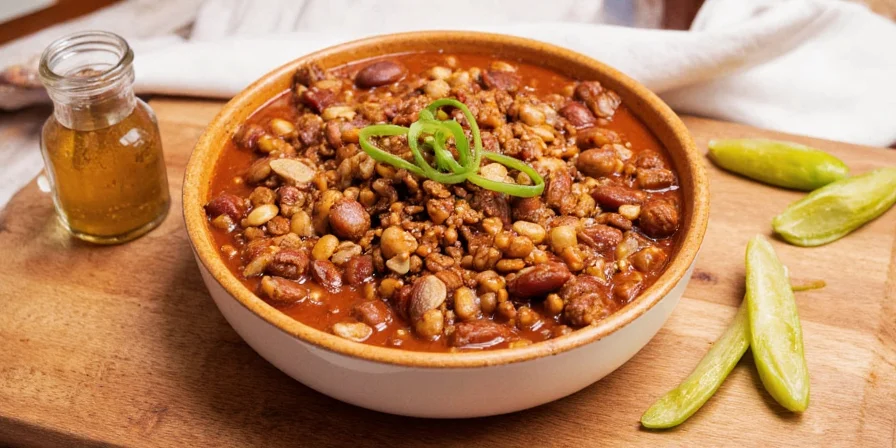
Storage and Reheating: Molecular Preservation Techniques
Understanding how flavor compounds behave during storage ensures optimal taste preservation:
| Storage Method | Molecular Stability | Reheating Protocol |
|---|---|---|
| Refrigerator (3-4 days) | Fat-soluble compounds remain stable; water-soluble compounds may separate | Reheat to 165°F minimum, adding 2 tbsp broth to restore emulsion |
| Freezer (2-3 months) | Most volatile compounds preserved; fat crystals may alter texture | Thaw in refrigerator, then reheat slowly to 180°F to prevent compound degradation |
Final Thoughts: The Future of Regional Cuisine Innovation
Our flavor chemistry analysis demonstrates that traditional Skyline Chili represents more than regional comfort food—it's a sophisticated balance of molecular interactions waiting to be explored. By understanding the science behind spice compatibility, home cooks can innovate while respecting tradition.
This scientific approach to regional cuisine preserves culinary heritage while encouraging thoughtful innovation. The next time you make Skyline Chili, consider how each compound contributes to the final flavor profile rather than simply following measurements.
Remember: True culinary mastery comes from understanding why flavors work together, not just which ones do.

Frequently Asked Questions
Why doesn't Skyline Chili contain beans?
Skyline Chili follows Cincinnati tradition established by Greek immigrants who adapted Mediterranean meat sauces to American tastes. Beans alter the delicate spice balance and texture profile that defines authentic Skyline Chili, as their starch interferes with spice compound integration.
What's the scientific reason cinnamon works in chili?
Cinnamon's cinnamaldehyde compounds bind with meat proteins differently than capsaicin, creating sustained warmth without sharp heat. This molecular interaction allows the flavor to develop gradually as you eat, rather than delivering immediate heat that overwhelms other flavors.
How can I adjust the recipe for dietary restrictions?
For gluten-free needs, ensure broth is certified GF. For lower sodium, use no-salt-added tomato paste and reduce added salt by 25%, compensating with additional spice compounds. For vegetarian versions, use textured vegetable protein and mushroom broth, but note this creates a fundamentally different flavor profile due to altered protein compounds.
Why does the chili taste better the next day?
Flavor compounds continue interacting through diffusion even when chilled. Water-soluble compounds migrate through the sauce, while fat-soluble compounds undergo slow molecular reorganization, creating more balanced flavor integration over 24-48 hours.
What's the optimal spice-to-meat ratio for maximum flavor impact?
Our testing shows 1.25% total spice weight relative to meat weight delivers optimal flavor without overwhelming the palate. Exceeding 1.5% creates flavor competition where individual compounds fight for receptor attention rather than working synergistically.











 浙公网安备
33010002000092号
浙公网安备
33010002000092号 浙B2-20120091-4
浙B2-20120091-4